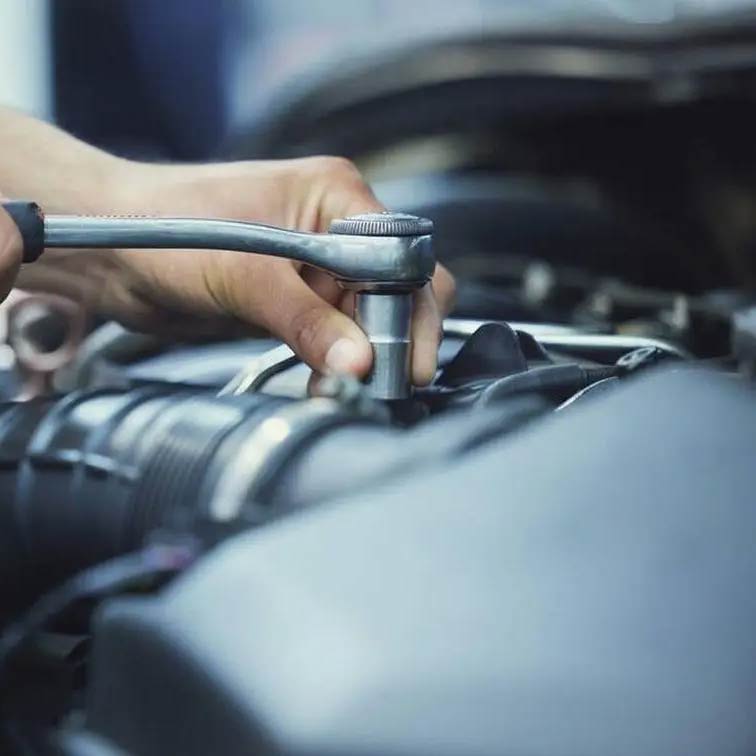Crackdown on Illegal Recycling: A National Priority
China’s government has intensified efforts to combat the illegal dismantling and black-market trade of automotive three-way catalytic converters (TWCs), a critical issue threatening environmental safety and resource security
3. Recent multi-agency operations in Sichuan Province (e.g., Nanchong, Mianyang) have uncovered widespread smuggling networks profiting from the high-value platinum, palladium, and rhodium (PGMs) embedded in TWCs
1. Authorities seized over **¥50 million ($6.9 million)** in illicitly traded components in Q1 2025 alone, reflecting the scale of the problem.
Key regulatory measures include:
- Mandatory traceability: New blockchain-based tracking systems for TWC recycling, mandated by China’s Dual Carbon policy, ensure transparency from collection to processing5.
- Stiffer penalties: Illegal dismantling now carries fines up to **¥1 million ($138,000)** and criminal charges under the Environmental Protection Law1.
- Public-private partnerships: Licensed recyclers like Chongqing Hongxi Auto Tech are collaborating with regulators to promote certified recycling channels, offering competitive prices for end-of-life TWCs1.
The Recycling Ecosystem: From Collection to Refinement
China’s TWC recycling industry operates through a tightly regulated three-stage process, crucial for recovering PGMs and reducing reliance on mining
- Collection: Licensed recyclers partner with auto repair shops, dismantlers, and OEMs to source spent TWCs. Digital platforms like Alibaba’s Auto Recycling Hub now streamline collection logistics.
- Processing:
- Dismantling: Specialized facilities extract ceramic honeycomb cores containing PGMs.
- Hydrometallurgical refining: Companies like Clariant and Umicore recover 95% of PGMs using acid-leaching and solvent extraction, reducing raw material imports by 30%58.
- Reuse: Refined PGMs are sold to TWC manufacturers, while ceramic substrates are repurposed for industrial catalysts or construction materials.
The market for recycled PGMs is projected to grow at a 12% CAGR through 2030, driven by soaring palladium prices (up 18% YoY in 2025)
The Rise of Counterfeit TWCs: A Consumer Hazard
A parallel crisis has emerged in the二手二手车 market, where counterfeit TWCs—often empty shells or low-grade substitutes—are increasingly sold to unsuspecting buyers
3. In a high-profile case in Guangzhou, a二手奥迪 buyer discovered a non-functional TWC, leading to failed emissions tests and **¥15,000 ($2,070)** in replacement costs
Industry experts recommend:
- Third-party inspections: Services like TÜV Rheinland now offer TWC authentication using X-ray fluorescence (XRF) analyzers to detect PGMs39.
- Consumer education campaigns: Platforms like Autohome and Didi Chuxing are integrating TWC literacy modules into vehicle maintenance guides.
Global Comparisons: Lessons from the EU and U.S.
While China dominates TWC production (28% global share), its recycling infrastructure lags behind the EU’s mature circular systems
11. Notable contrasts include:
- EU regulations: Mandatory “take-back” schemes require automakers to fund TWC recycling, achieving 98% recovery rates in Germany9.
- U.S. innovations: Startups like Redwood Materials are piloting AI-driven sorting robots to reduce processing costs by 25%10.
- Emerging markets: India and Brazil face similar illegal trade challenges but lack China’s enforcement rigor11.
Technological Frontiers: AI and Predictive Recycling
To optimize recycling efficiency, Chinese firms are adopting cutting-edge tools:
- Machine learning models: Algorithms predict TWC degradation patterns, enabling proactive collection from high-mileage vehicles10.
- Digital twins: Simulations of PGM recovery processes by Huawei Cloud have slashed refining energy use by 20%8.
- Blockchain certifications: Platforms like AntChain verify TWC origins, deterring black-market infiltration15.
Strategic Outlook: Balancing Growth and Compliance
The TWC recycling sector faces dual imperatives: scaling capacity to meet **¥300 billion ($41.4 billion)** market demand by 2030
6, while adhering to environmental mandates. Critical steps include:
- Expanding licensed facilities: Jiangsu and Guangdong provinces plan 15 new recycling hubs by 20265.
- R&D in non-PGM catalysts: Partnerships between Tsinghua University and SAIC Motor aim to reduce PGM dependency by 40% through cerium-zirconium alloys8.
- Global alliances: Chinese recyclers are acquiring EU tech firms to access advanced sorting and refining IP11.
Conclusion
As China’s TWC recycling industry navigates regulatory tightening and technological disruption, its success hinges on unifying environmental goals with economic incentives. Stakeholders must prioritize transparency, innovation, and cross-border collaboration to transform a once-clandestine trade into a pillar of the circular economy. Investors eyeing this sector should monitor policy updates, PGM price trends, and breakthroughs in AI-driven recycling systems.
Keywords: Three-Way Catalytic Converter Recycling, PGM Recovery, Circular Economy, Counterfeit Auto Parts, Blockchain Traceability, Hydrometallurgy.

